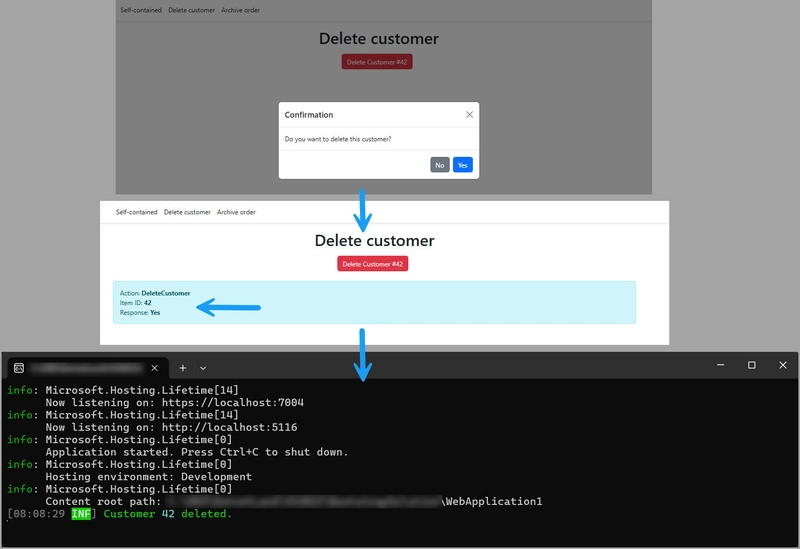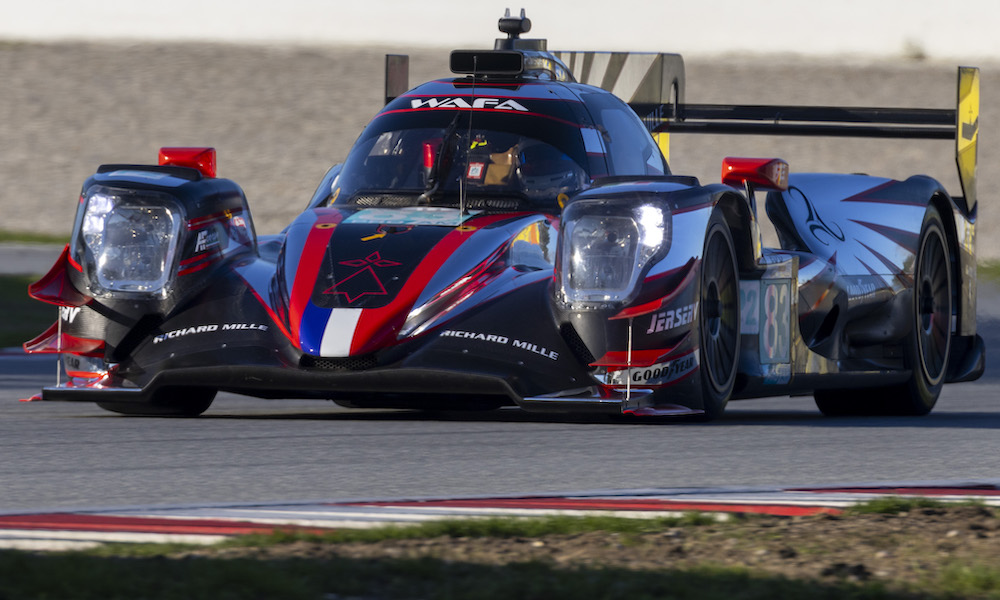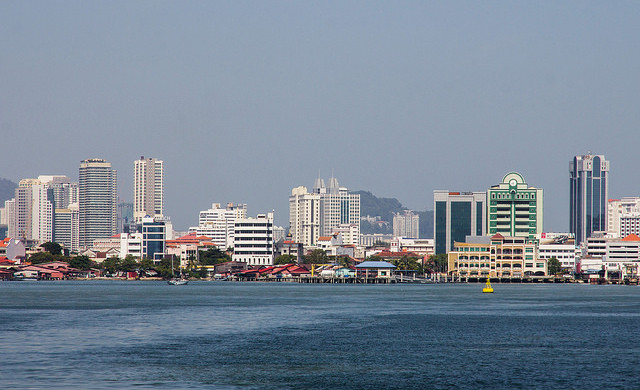Bangkok 2025: Volvo XC90 facelift in T8 PHEV trim, priced at RM613k – launching in Malaysia April 10
Making its Thai debut at the ongoing Bangkok International Motor Expo (BIMS), the 2025 Volvo XC90 is of particular interest to us Malaysians. The redesigned flagship seven-seater SUV is set to be launched here on […] The post Bangkok 2025: Volvo XC90 facelift in T8 PHEV trim, priced at RM613k – launching in Malaysia April 10 appeared first on Paul Tan's Automotive News.

Making its Thai debut at the ongoing Bangkok International Motor Expo (BIMS), the 2025 Volvo XC90 is of particular interest to us Malaysians. The redesigned flagship seven-seater SUV is set to be launched here on April 10 alongside its all-new, all-electric sibling, the EX90, Volvo Car Malaysia confirmed through its social media pages.
We can at least expect the car to be considerably cheaper than it is in Thailand, where it is priced at 4,690,000 baht for the sole plug-in hybrid T8 AWD Ultra variant – that’s a whopping RM613,000! Thankfully, estimated pricing for the car in Malaysia is nearly RM200,000 less, at around RM450,000. Thai units are almost certainly imported from Malaysia, where the car is CKD locally assembled in Shah Alam as before.
As such, we can expect equipment to be identical to what we’ll be getting. Standard kit includes matrix LED headlights, 20-inch five-split-spoke alloy wheels, grey ash wood trim, an Orrefors crystal gearlever, power-adjustable seats with heating, ventilation and driver’s side memory, Nappa leather upholstery, a panoramic sunroof, four-zone climate control with third-row vents, a head-up display, adaptive air suspension, a 19-speaker, 1,410-watt Bowers & Wilkins sound system and a hands-free powered tailgate.
This being a Volvo, the XC90 is jam-packed with safety features such as eight airbags (including driver’s knee and centre airbags) and a full suite of driver assists. These include autonomous emergency braking, adaptive cruise control with stop and go, lane centring assist, blind spot monitoring with collision prevention, rear cross traffic alert with auto brake, park assist and adaptive high beam.
Power continues to come from a 2.0 litre turbocharged four-cylinder petrol engine, mated to a 145 PS/309 Nm electric motor and an eight-speed automatic gearbox. However, the four-pot mill has actually been detuned slightly, producing 310 PS at 6,000 rpm and 400 Nm of torque from 3,000 to 4,800 rpm.
As such, total system output has also been reduced to 455 PS – still enough to get this 2.3-tonne behemoth from zero to 100 km/h in 5.4 seconds. Battery capacity is unfortunately unchanged at 18.8 kWh (introduced in 2022, up from 11.6 kWh in the 2019 facelift and just 10.4 kWh in the original T8 Twin Engine), resulting in a subpar pure electric range of between 63 and 71 km – far below what the BMW X5 xDrive50e offers (up to 110 km). A full charge using a 6.4 kW AC charger takes three hours.
The new XC90 is technically a second facelift of the second-generation model introduced back in 2014, but there has been a significant reworking of the car’s design. The front of the car is where almost all of the changes have been made, bearing plenty of similarities with the electric EX90 and EX30 – even though it’s not quite as fashion forward as those cars.
The said grille may be the most controversial part of the redesign, maintaining the Iron Mark logo and diagonal chrome bar but adding a new criss-cross slat pattern similar to the latest BMW 1 Series and X3. The bumper has also been re-profiled with a wider central air intake and slimmer vertical corner inlets for a sleeker yet no less imposing look.
Unfortunately, that’s pretty much all the sheetmetal tweaks you’ll find on the XC90. Even the vertical taillights have been carried over, albeit with what appear to be smoked internals that do give the car a cleaner look.
The changes go quite a bit further on the inside. The dashboard is all new – although it doesn’t look it, given that you still have vertical air vents, a chunky physical volume knob under the touchscreen and a tall and wide centre console. Instead, it’s the little things that have been added, mostly for the sake of practicality – incorporating feedback from customers.
You now get a smaller third cupholder in the centre console and the repositioning of the Qi wireless charger to the front – separate from the main storage area – for added convenience. The decorative trim is also now textured and made from recycled materials, while the ambient lighting has been updated for a classier look.
Of course, one cannot overlook the biggest change of them all – the much larger 11.2-inch portrait infotainment touchscreen, now standing proud of the dash. This not only has a 21% higher pixel density but also receive the latest user interface from the EX90 and EX30, now with Google Maps front and centre and phone and media controls permanently down below – meaning you won’t have to leave the navigation system to, say, skip songs.



Underneath all that is a contextual shortcut bar that changes depending on the situation, on top of showing your most recent apps. It also includes an icon for the drive modes, which used to be controlled via a physical roller dial before disappearing into the menus. A 12.3-inch digital instrument display continues to be offered, as is Apple CarPlay, Android Auto and a Qi wireless charger.
The 2025 XC90 joins the EX90 in Volvo’s Thai stable. Launched in November last year, the pure electric model is a little cheaper, but at 4,290,000 baht (RM560,400) it’s still much more expensive than what the car will eventually cost over here.















The post Bangkok 2025: Volvo XC90 facelift in T8 PHEV trim, priced at RM613k – launching in Malaysia April 10 appeared first on Paul Tan's Automotive News.















































































